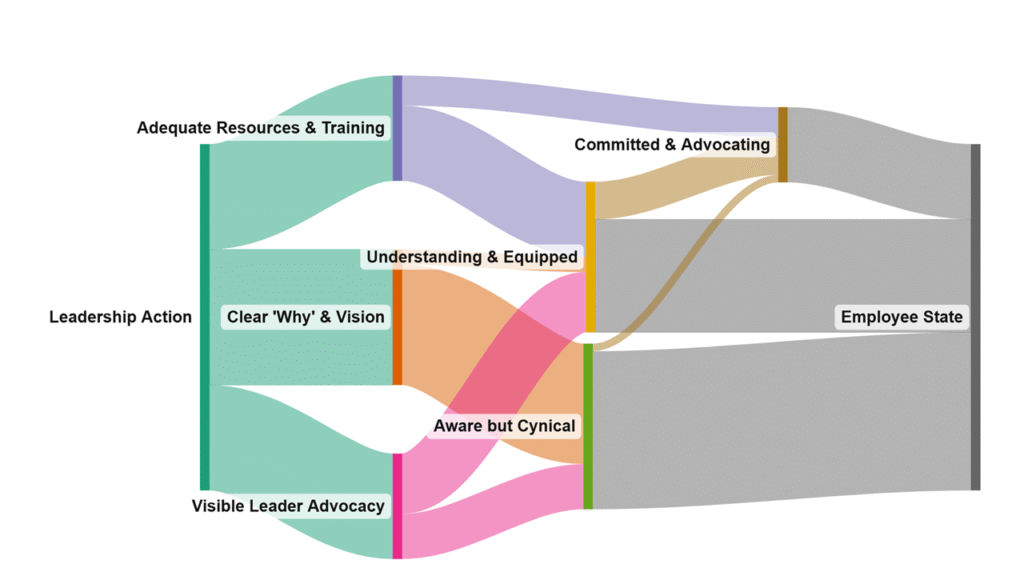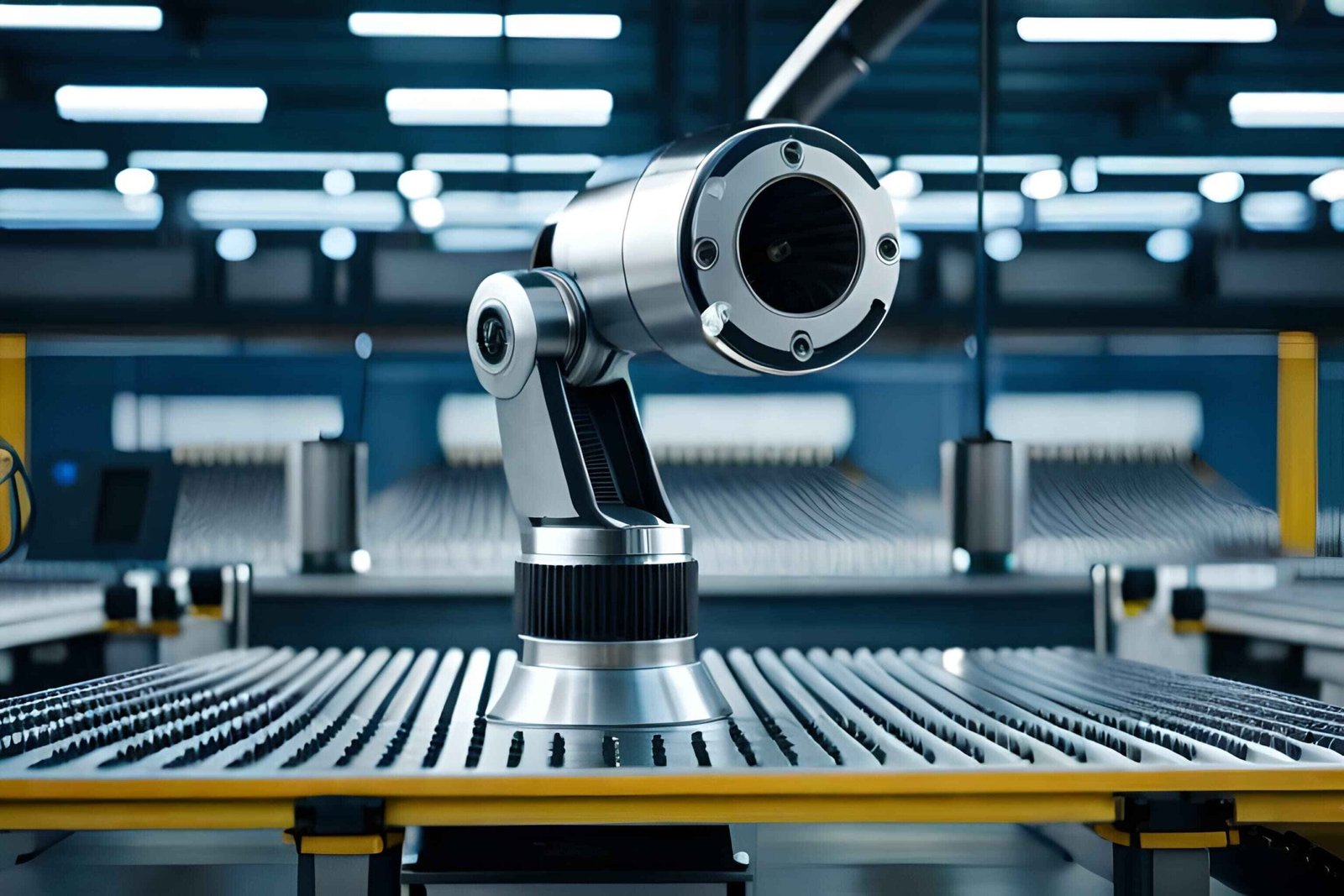In the modern enterprise, change is the only constant. Digital transformation, mergers, restructuring, new software implementations – the list of strategic initiatives is endless. While leaders are focused on the promised land of efficiency and growth, they often overlook the human toll of the journey. Their people are exhausted, cynical, and disengaged. They are suffering from change fatigue.
Change fatigue is the sense of apathy, helplessness, and burnout that employees feel when they are exposed to constant, poorly managed change. It is not resistance; it is exhaustion. It is the silent killer of transformation programs, systematically eroding morale and sabotaging results from the inside out.
Ignoring this human element doesn’t just hurt your culture; it cripples your bottom line. This article explores the tangible cost of change fatigue and provides a strategic framework for leading transformation with empathy and effectiveness.
The Alarming Cost of Ignoring Fatigue
The data paints a stark picture of the impact of unmanaged change:
-
-
- Our research indicates a fivefold surge in the volume of enterprise change, with the average employee navigating 10 major initiatives in 2023 – a dramatic increase from just 2 in 2016.This constant flux is unsustainable.
- Over 70% of change-weary employees are willing to support change initiatives, but they are too overwhelmed to do so effectively.
- The human cost is direct. Employees who are change-fatigued are nearly 40% less likely to trust their leaders and report significantly higher levels of stress and burnout.
- This culminates in a staggering financial impact. Companies with high change fatigue see over 35% lower transformation success rates and significantly higher unwanted turnover, directly impacting the ROI of multi-million dollar initiatives.
-
The message is clear: Pushing harder on a burned-out workforce is not a strategy; it is an abdication of leadership.
The Anatomy of Change Fatigue: How Well-Intentioned Change Fails
Change fatigue doesn’t happen in a vacuum. It is the direct result of how change is managed or mismanaged. The primary drivers are:
1. Change Saturation: The “Too Much, Too Fast” Trap
Leaders often launch multiple, concurrent initiatives – a new CRM, an agile transformation, a cost-cutting drive – without considering the collective cognitive load on their teams. Employees are expected to learn new processes while maintaining performance in their day jobs, leading to cognitive overload and inevitable burnout.
2. The “Why” Void: Lack of Vision and Communication
When leaders neglect to articulate a compelling and transparent ‘why,’ they create a vacuum of meaning. Employees are left staring at the disruption to their daily work, unable to see the strategic destination.
3. Poor Execution: The Rollout Abyss
A change is announced with great fanfare, only to be followed by silence. Training is inadequate, support is nonexistent, and feedback loops are closed. Employees are left struggling to navigate the new reality alone, feeling set up for failure. This lack of support is a primary driver of fatigue.
4. Leader-Led, Not Leader-Driven
There’s a critical difference. A leader who simply announces a change is leading it. A leader who actively participates – using the new tools, adhering to the new processes, and visibly championing the change – is driving it. A lack of visible, authentic leadership commitment is a quick way to lose the entire organization.
The Strategy: Leading Transformation with Empathy and Execution
Beating change fatigue requires a deliberate, human-centric approach to change management. It’s about replacing chaos with clarity and burden with support.
1. Strategically Sequence Change: The Project Portfolio Health Check
Resist the urge to do everything at once. Leadership must ruthlessly prioritize initiatives. Use a simple portfolio health assessment to visualize the impact of all planned changes on the organization.

The Flow of Change Energy: From Announcement to Adoption
Diagram visualizes the critical junctures where change energy is lost. A massive communication effort (“Clear ‘Why’ & Vision”) mostly results in awareness, but without the next critical steps – “Adequate Resources & Training” and “Visible Leader Advocacy” – the energy fails to convert into understanding and commitment. The tiny flow into “Committed & Advocating” shows why most change fails: leaders focus on announcing the change rather than fueling the entire journey.
2. Over-Communicate the “Why,” “What,” and “What’s In It For Me” (WIIFM)
Communication cannot be a one-time event. It must be a continuous, multi-channel campaign. Leaders must articulate:
-
-
- The Why: The burning platform and the vision for the future.
- The What: What exactly is changing and what is not.
- The WIIFM: How the change will make employees’ lives better, easier, or more rewarding in the long run.
-
3. Equip and Empower: Fuel the Journey
Providing a destination is not enough; you must provide the supplies for the journey. This means:
-
-
- Adequate Training: Not just a one-off session, but just-in-time learning resources and ongoing support.
- Dedicated Resources: Allocating time and bandwidth for employees to learn and adapt. This means temporarily lightening other loads.
- Feedback Mechanisms: Creating safe, simple channels for employees to voice concerns, report obstacles, and suggest improvements. Act on this feedback visibly.
-
4. Lead with Visible Commitment and Empathy
Leaders must be the chief ambassadors of change. This means:
-
-
- Walking the Talk: Using the new systems themselves.
- Acknowledging the Difficulty: Showing empathy and validating the challenges. A simple “This is tough, and I appreciate your effort” goes a long way.
- Celebrating Milestones: Recognizing and rewarding effort and progress, not just results. This builds momentum and reinforces positive behaviors.
-
The Payoff: Sustainable Change and a Resilient Organization
Organizations that proactively manage change fatigue don’t just achieve their project goals; they build a powerful competitive advantage: a resilient, adaptable, and engaged workforce. They transform change from a threat into a shared and sustainable practice.
By strategically sequencing initiatives, communicating with radical transparency, and supporting your people with empathy and resources, you can execute transformation not on your people, but with them. You can build an organization that doesn’t just endure change but embraces it.
Is your transformation agenda risking employee burnout? Our Change Management practice can help you diagnose change fatigue, design a human-centric execution plan, and build a more resilient organization. Contact us to ensure your people are powered by your strategy, not paralyzed by it.



